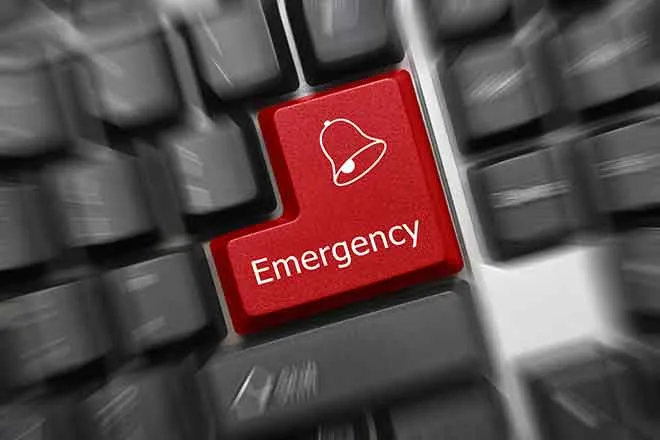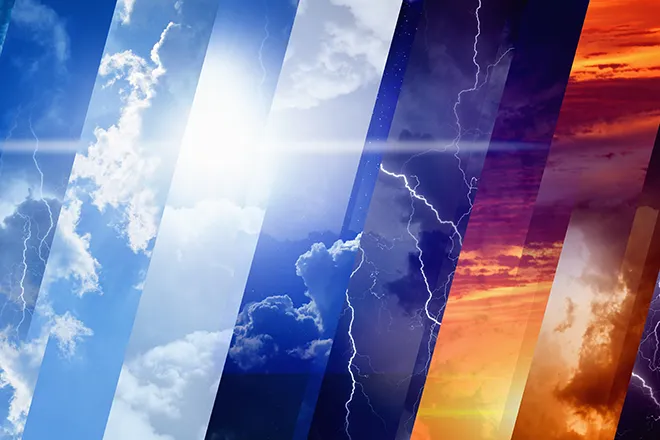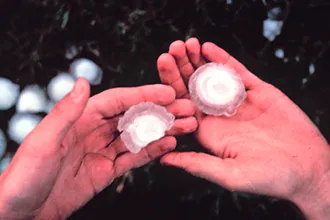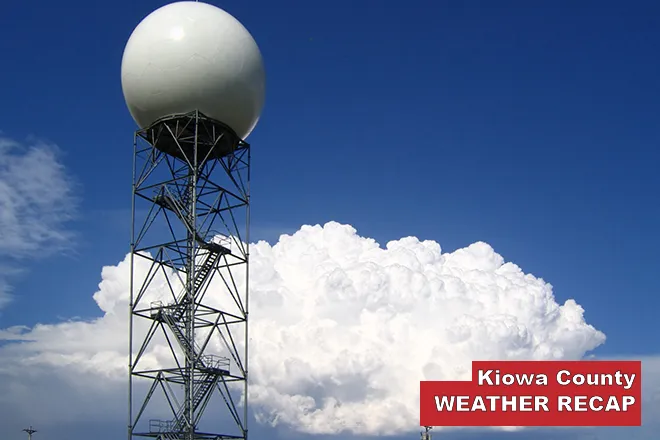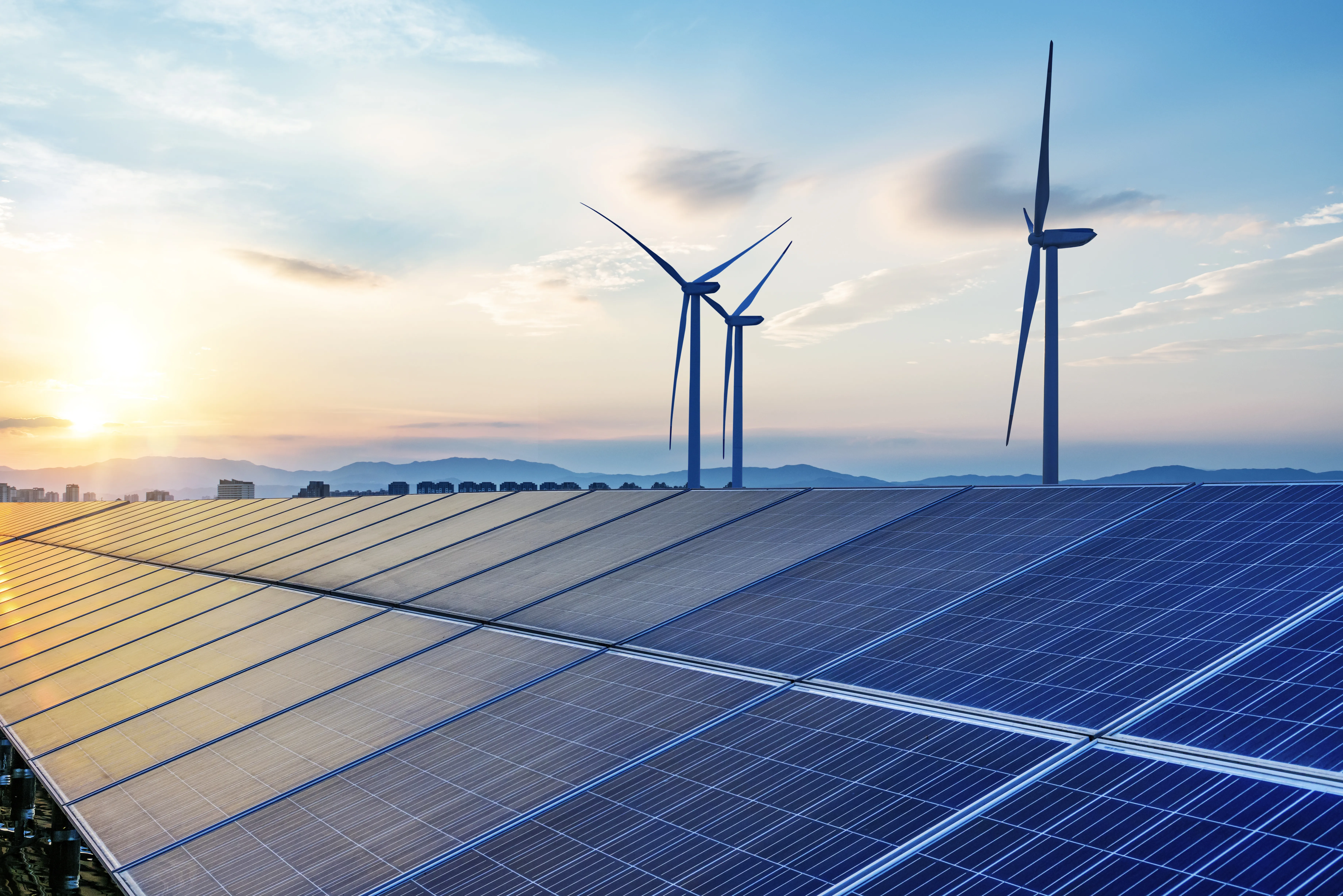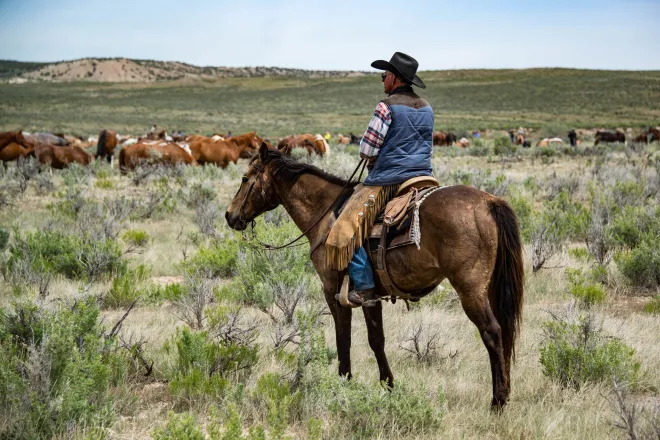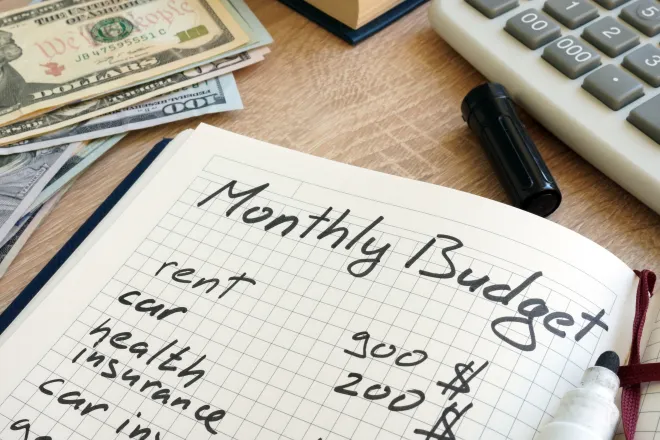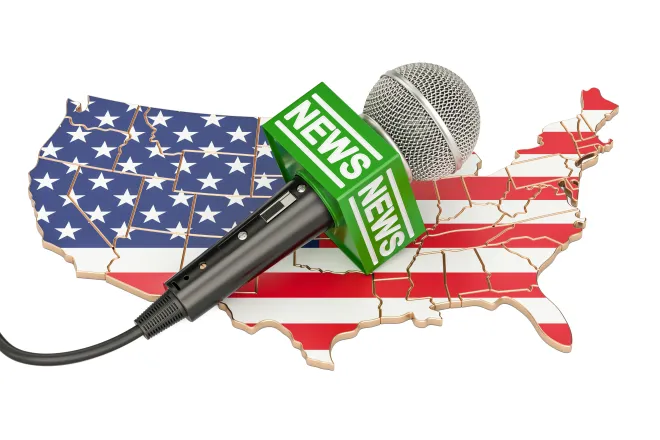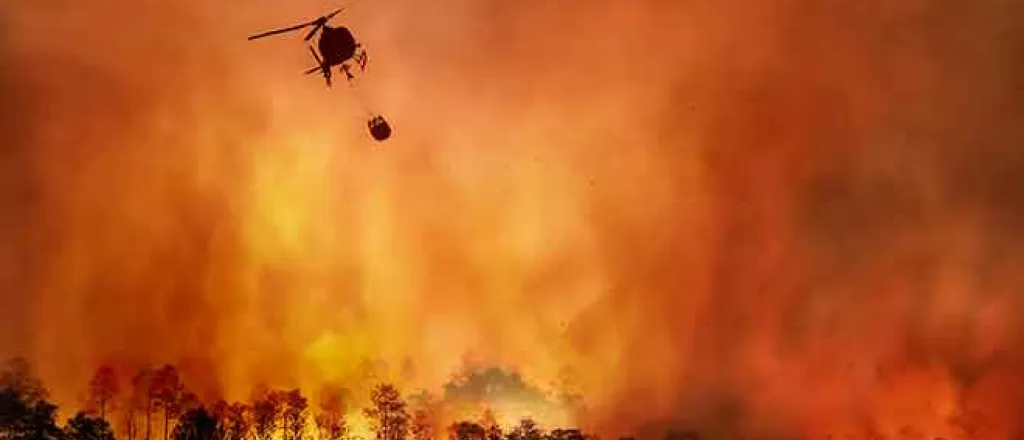
New Mexico faces increased fire danger in June, after moist end to May
New Mexico’s relatively cool and moist weather so far this spring will dry and warm up in coming weeks, putting fire managers and forecasters on high alert for wildfires before the start of the seasonal monsoon rains this summer.
This year’s low snowpack has already put much of the state in drought conditions, and Governor Michelle Lujan Grisham recently declared a state of emergency and additional actions to prevent fires over the coming weeks.
Recent rains around the state offer some relief, as May and June typically emerge as some of the driest months, said George Ducker, a wildfire prevention and spokesperson at the New Mexico Forestry Division.
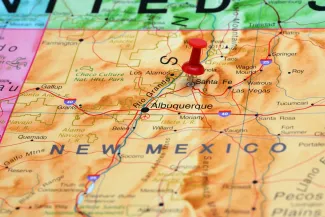
But the projected warm temperatures through the next several weeks could mean the recent spouting of new plants could aggravate the problem, he said.
“We could see a substantial dry up of these flashy fuels, the grasses and even shrubs,” Ducker said. “Then, if you get a start, get a little bit of wind — there would be more fuel to burn.”
The recent rains did not herald the start of the monsoon, the seasonal tropical patterns that provide Arizona and New Mexico with critical moisture, said Andrea Bair, a forecaster with the National Weather Service Western Region based in Salt Lake City, at a National Integrated Drought Information System presentation Tuesday.
Rather, she said monsoons are expected to start in mid-June and could be stronger than past years, but hot temperatures will continue to dry out the soils and stress plants across much of the Southwestern U.S.
“The drought looks to continue throughout the season and the monthly outlook forecasts,” she said. “So not a lot of relief is expected.”
The rains lessened the acute risks of fire in the Southwest, said Jim Wallmann, a senior forecaster for the National Interagency Coordination Center Predictive Services. But other parts of the county are seeing wildfires “extremely early” in the fire season, he said, noting the 1,000-acre Banana Lake fire in Montana.
“We’re having to spread our resources over a much greater footprint of the country,” Wallmann said. “That could affect how big a fire gets in California, if we’re stretched and can’t send everything to California while it’s burning; we’ll be on fires burning everywhere else.”
Ducker said the concerns about availability for resources to fight wildfires is “a bridge we’ll cross when we come to it,” and said the state is working to be prepared.
“We have the resources to be able to jump on fires as they start,” Ducker said. Our federal partners seem to be in the same place where they’re ready to respond, so right now we’re just waiting for June to see what it shows us.”



